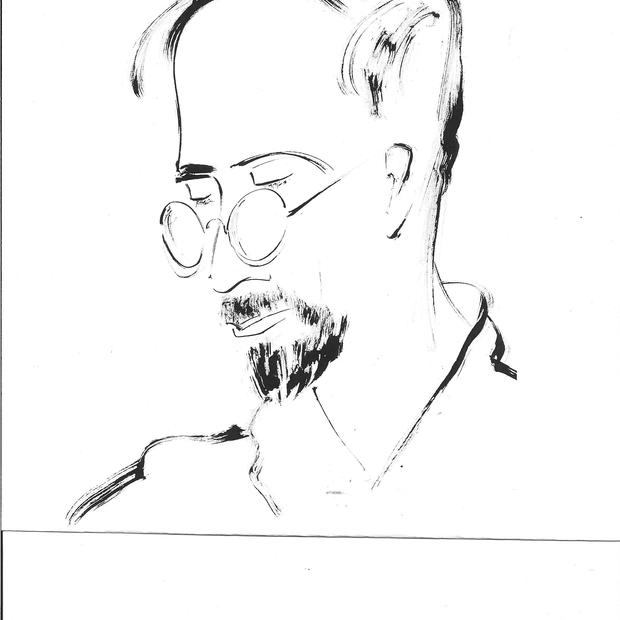For a lot of people, the alleged role of the Tsarnaev brothers in the Boston Marathon bombings only half makes sense. That half is the older brother, Tamerlan. He conforms to our expectations: devout and disappointed, ornery and opinionated; an outsider whose boxing career was blocked because he’d been denied citizenship, who spent six mysterious months last year in Chechnya and Dagestan, heartlands of war and radical Islamicism.
But his younger brother Djokhar confounds those expectations. By all accounts he was relaxed and popular, navigated American society with ease and only attended mosque when Tamerlan managed to drag him. His schoolmates describe him as studious but sociable — “a funny kid,” “a real laid-back kid,” “the nicest kid.” He’s one of us, right?
Maybe that’s part of the reason he’s now charged with undertaking mass mayhem in Copley Square and shooting it out with the cops a few days later. Presumption alert: What follows is rampant speculation, but at least this speculation comes labeled as such. And, unlike many of the claims that clogged the airways, web, and Twitter feeds last week, it is grounded in one (tantalizing) fact.
Robin Young, a news-show host at Boston’s WBUR radio, whose nephew went to high school with Dzhokhar Tsarnaev and who threw a prom-night party for his class, shared similar recollections, but recounted one puzzling incident: Sometime during the party, Dzhokhar got in his car and zoomed up her narrow one-way street — backwards.
That reminds me of a few stunts I pulled at his age, fortunately minus the car. It suggests two all-American adolescent male motivations: showing off and thrill-seeking. And it points to one possible piece in the puzzle of “What made him do it?”
If, thanks to whatever combination of genes, hormones, and — who knows? — time spent playing Halo or Grand Theft Auto, younger brother had such a wild streak, was that the hook that enabled older brother to draw him into the bombing plot? Did a high adrenalin threshold, requiring extreme thrills to get a rise, also produce his eerie sang froid? Or did whatever he may have whetted his appetite for thrills on also smother his empathic capacity? (Lay on, gamers, about how Halo and Grand Theft Auto actually teach us empathy.) Does that explain how he could go about his campus routine the next day as though nothing had happened?
All this isn’t to gainsay the possible role of religion and the likely role of politics in making someone like Dzhokhar Tsarnaev a terrorist. Both brothers seem to have been deeply angry at Russia’s bloody suppression of separatist Chechnya, for which the United States gave Yeltsin and Putin a pass even before Islamist elements became conspicuous there. If I were Chechen I expect I’d be angry too. But most aggrieved Chechens, and members of other abused minorities around the world, don’t respond by slaughtering innocent people.
Was the thrill of it all the weight that tipped the scale? Is there an element of Columbine as well as 9-ll in this tragedy? I sure as heck don’t know. But while lots of people will be wondering how much time Dzhokhar Tsarnaev spent on which Islamist websites, I’d also like to know which video games he played.


